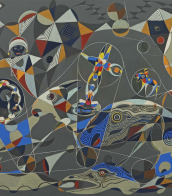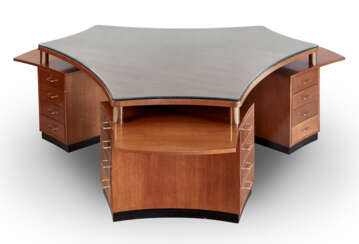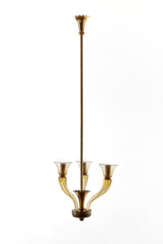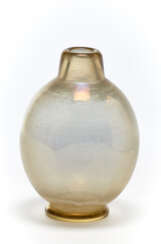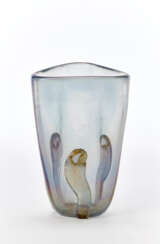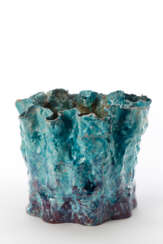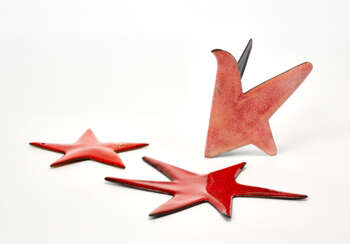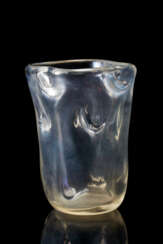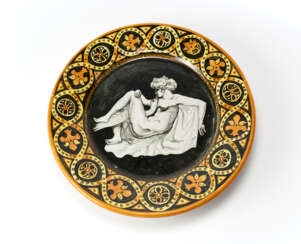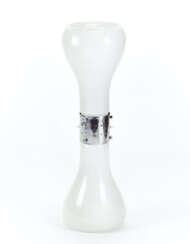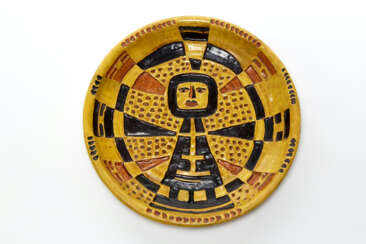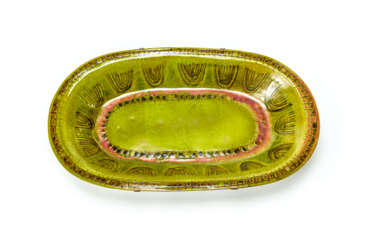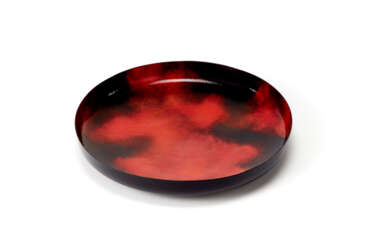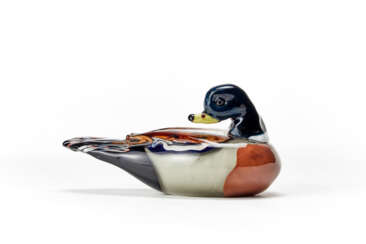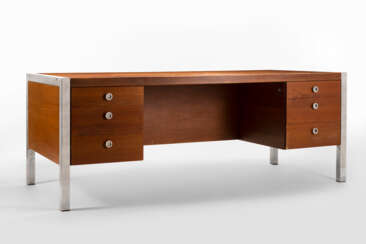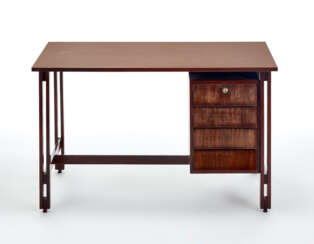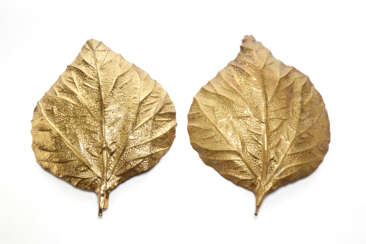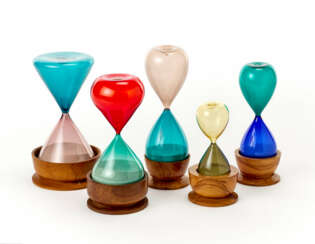design des 20. jahrhunderts
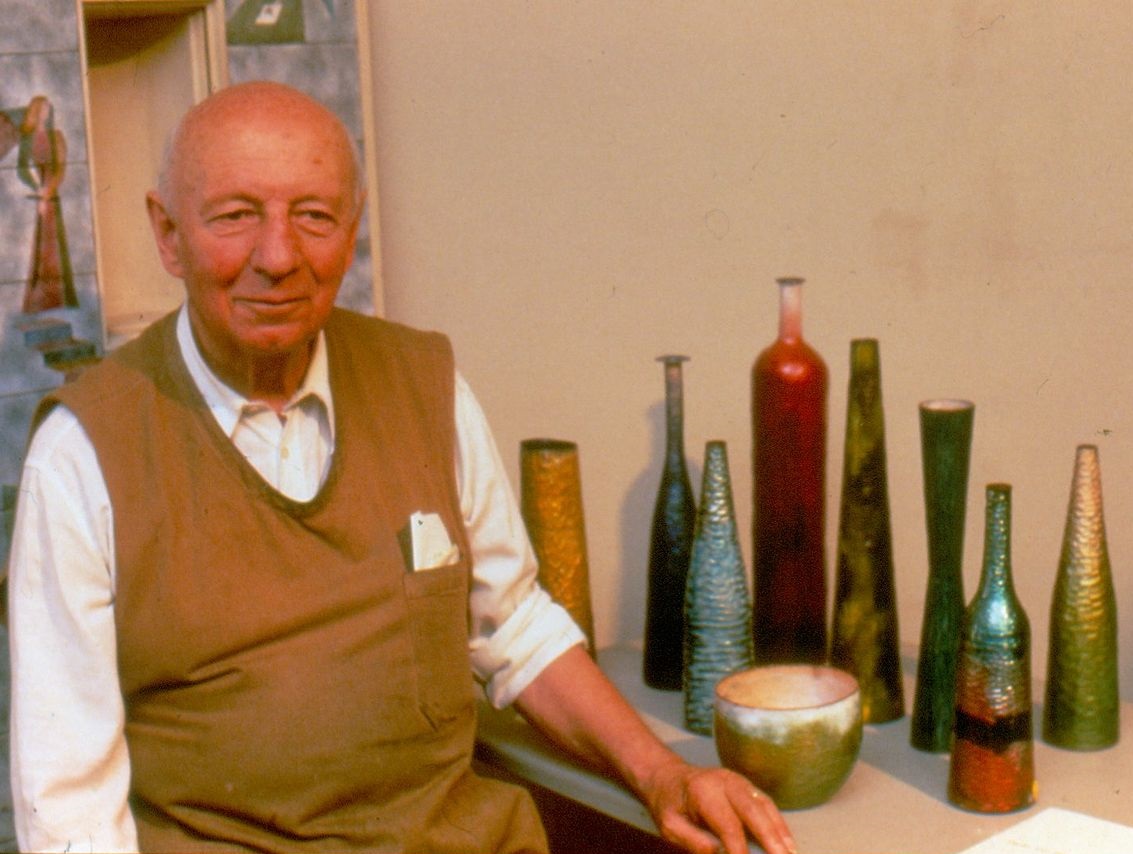
Paolo De Poli was an Italian enameller and painter.
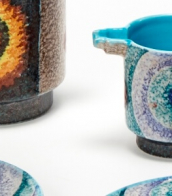






Paolo De Poli was an Italian enameller and painter.
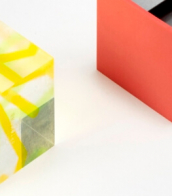
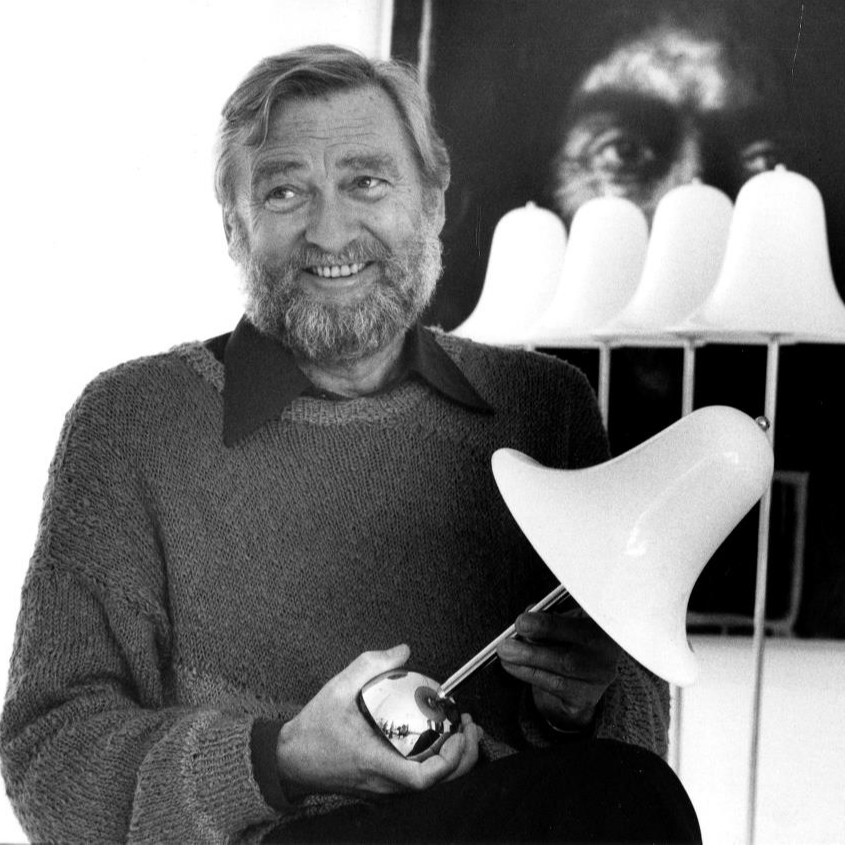
Verner Panton was considered one of Denmark's most influential 20th-century furniture and interior designers. During his career, he created innovative and futuristic designs in a variety of materials, especially plastics, and in vibrant and exotic colors. His style was very 1960s but regained popularity at the end of the 20th century. As of 2004, Panton's best-known furniture models are still in production (at Vitra, among others).


Verner Panton was considered one of Denmark's most influential 20th-century furniture and interior designers. During his career, he created innovative and futuristic designs in a variety of materials, especially plastics, and in vibrant and exotic colors. His style was very 1960s but regained popularity at the end of the 20th century. As of 2004, Panton's best-known furniture models are still in production (at Vitra, among others).


Verner Panton was considered one of Denmark's most influential 20th-century furniture and interior designers. During his career, he created innovative and futuristic designs in a variety of materials, especially plastics, and in vibrant and exotic colors. His style was very 1960s but regained popularity at the end of the 20th century. As of 2004, Panton's best-known furniture models are still in production (at Vitra, among others).

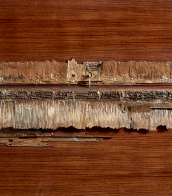
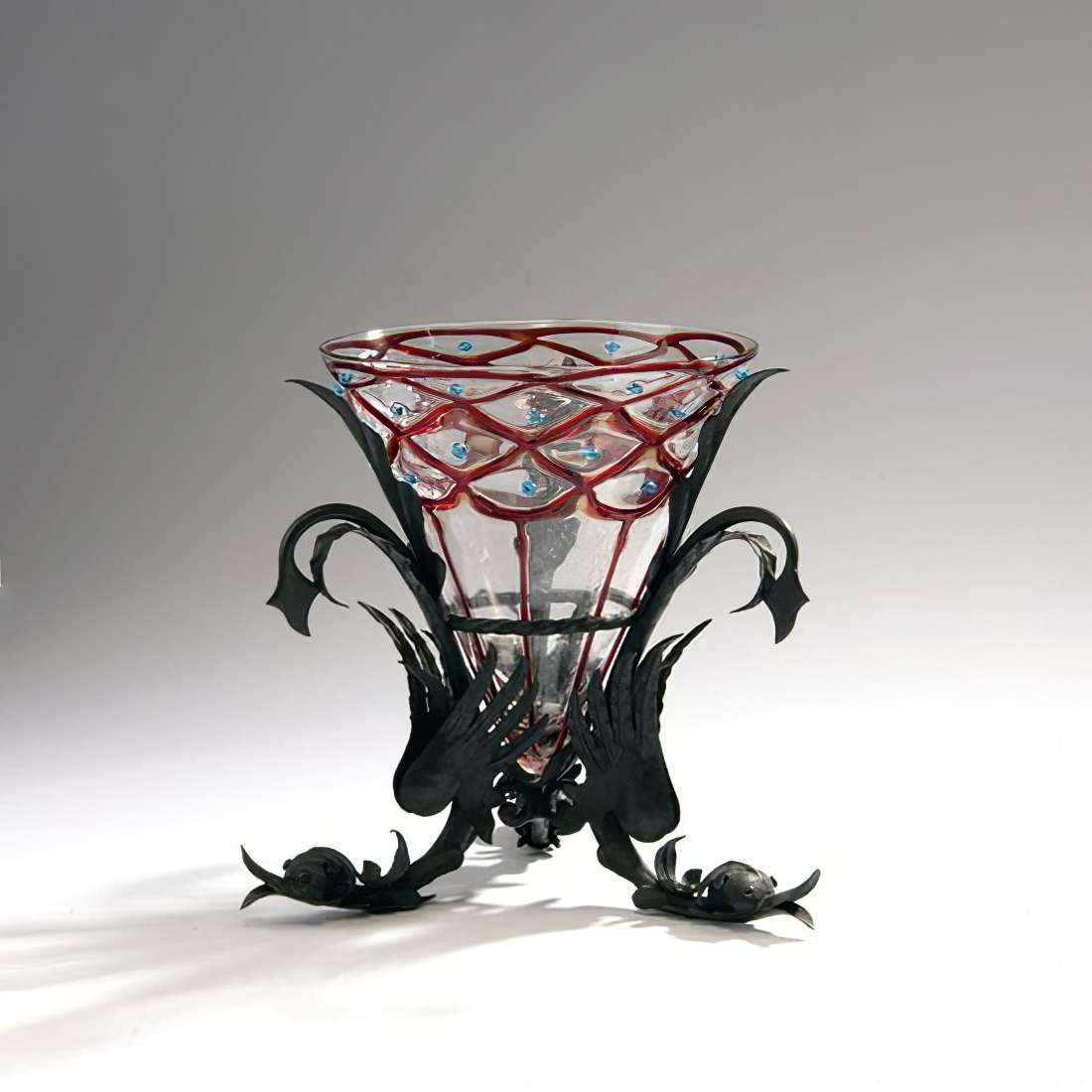
Umberto Bellotto is an Italian artist and craftsman.

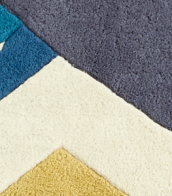
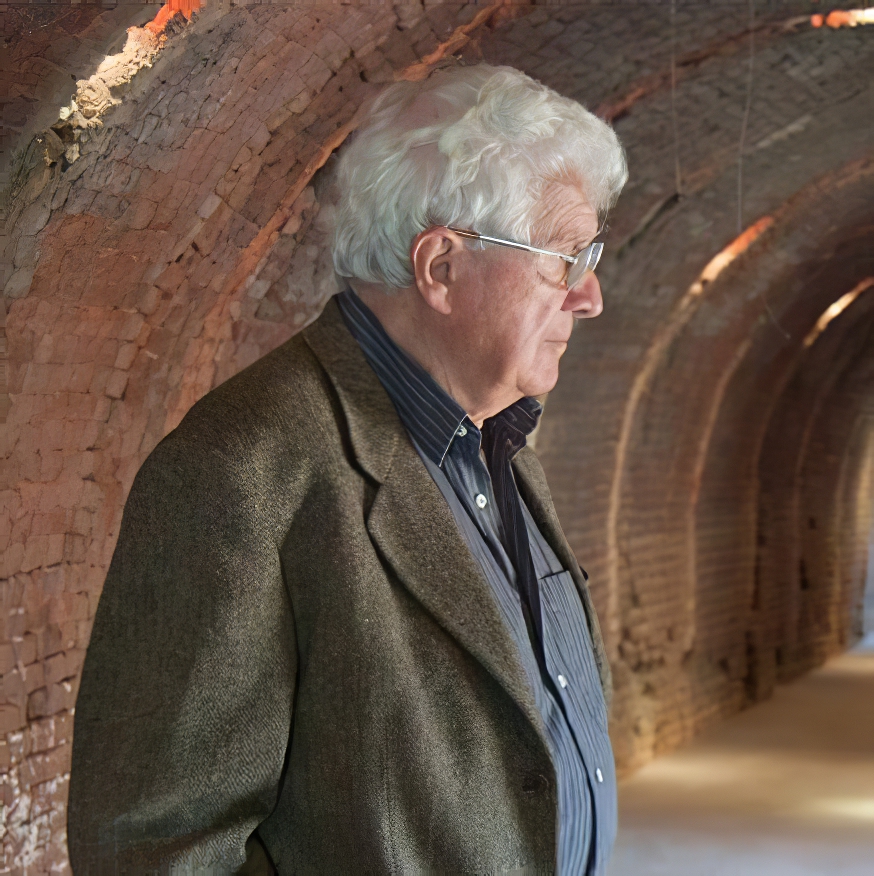


Paolo De Poli was an Italian enameller and painter.

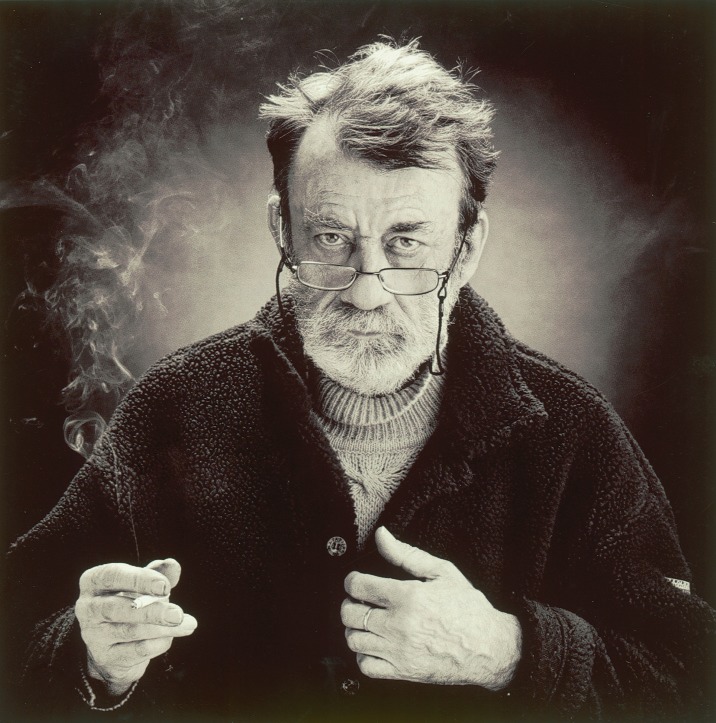
Toni Zuccheri was an Italian animalist, designer and architect. He is known for his collaboration with Venini in the 1960s. During this time, he created colourful series of pets, fish and birds for the brand, as well as organic vases made of polychrome glass combined with ironic style and dynamic shapes. A leading designer for other renowned manufacturers, from Barovier & Toso to Seguso Viro, Zuccheri has written an important chapter in the history of Murano glass, and his work can be found in the collections of prestigious museums worldwide: the Murano Glass Museum, MoMA and Guggenheim in New York, the Occaido Museum in Sapporo and the Metropolitan Tien Art Museum in Tokyo.


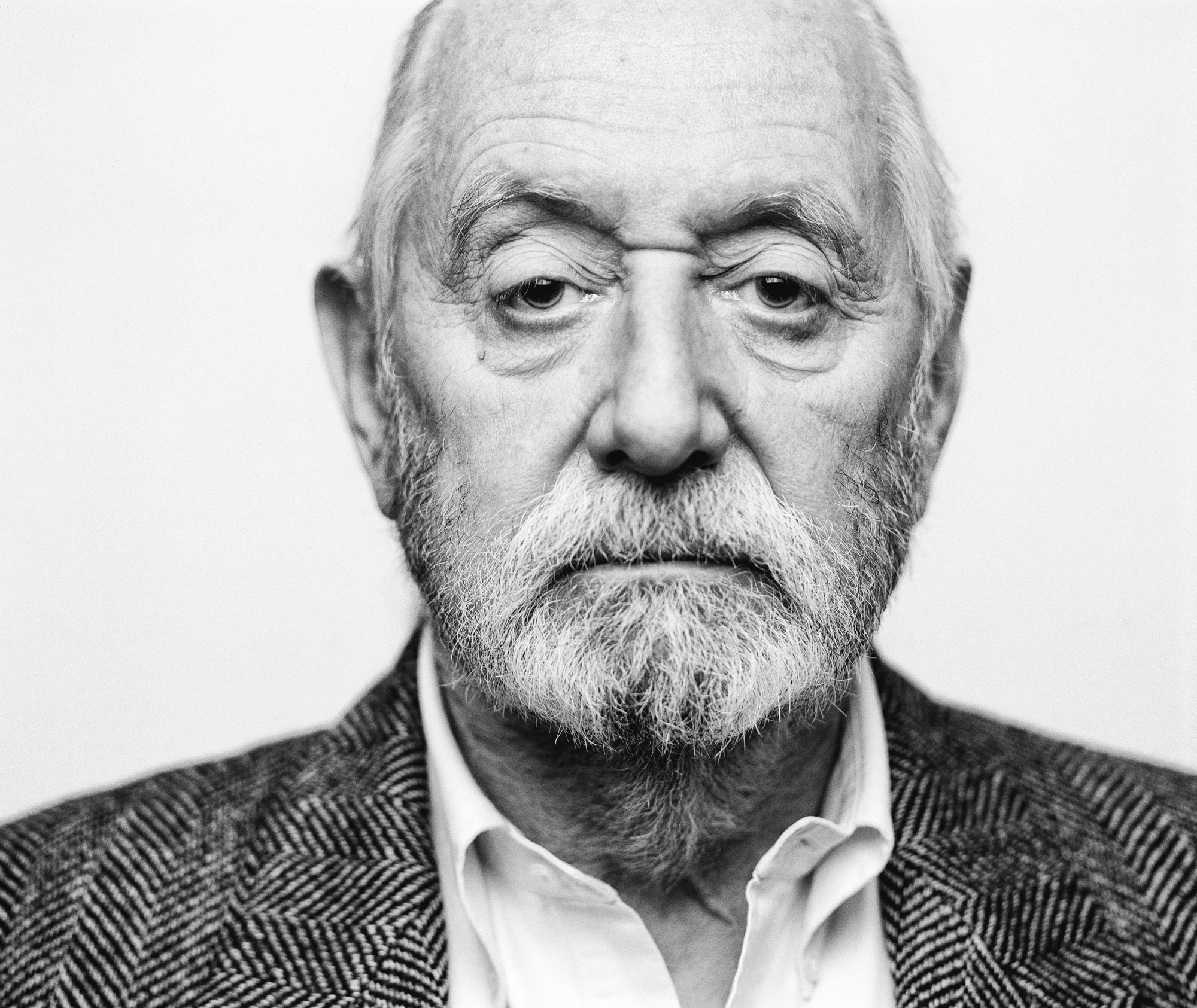
Ettore Sottsass was a 20th century Italian architect, noted for also designing furniture, jewellery, glass, lighting, home and office wares, as well as numerous buildings and interiors — often defined by bold colours.


Ico Parisi was an Italian architect and designer.

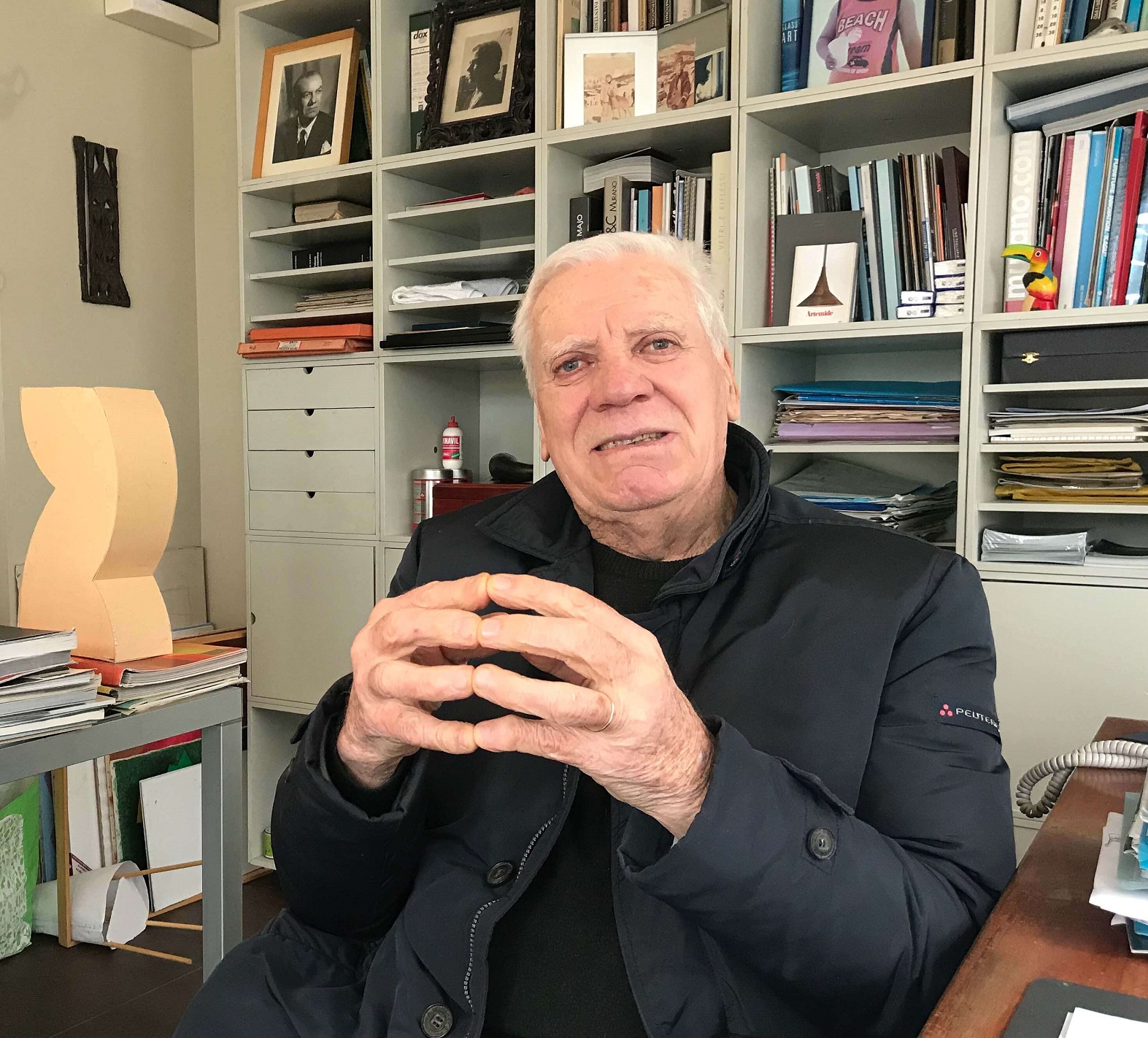

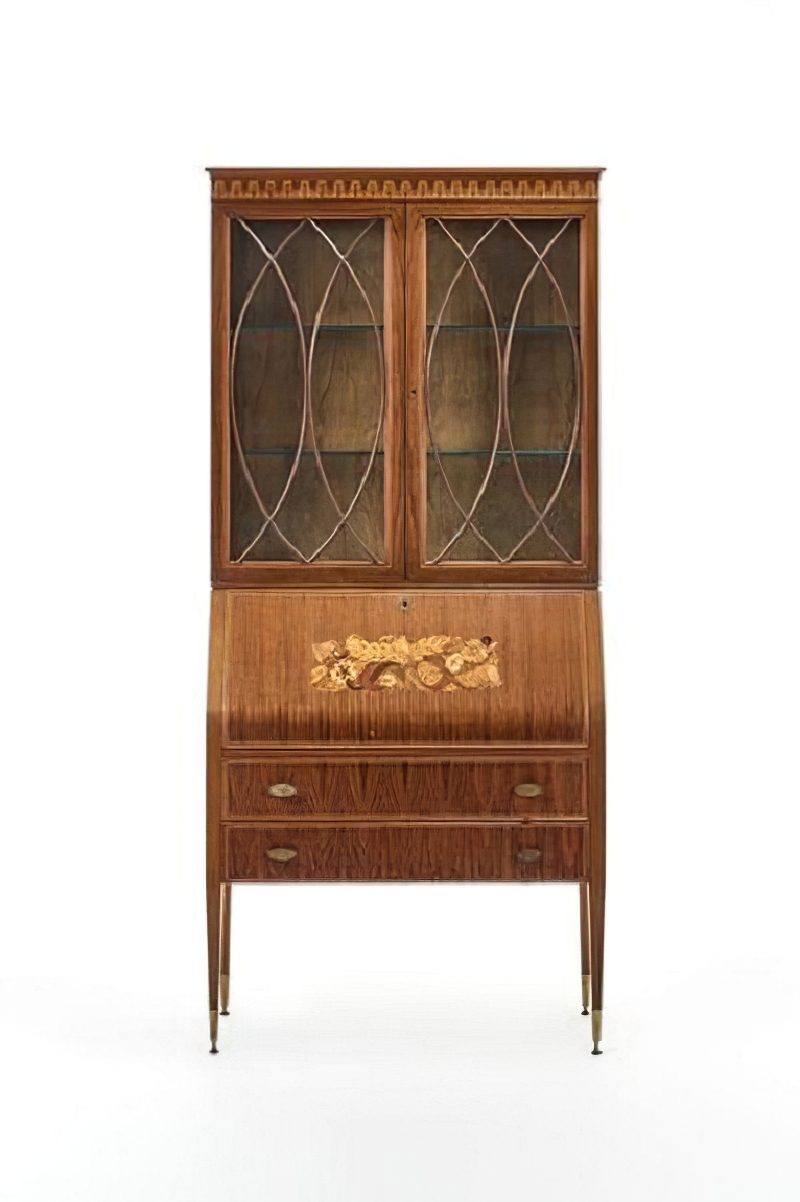
Paolo Buffa was an Italian architect and furniture designer.

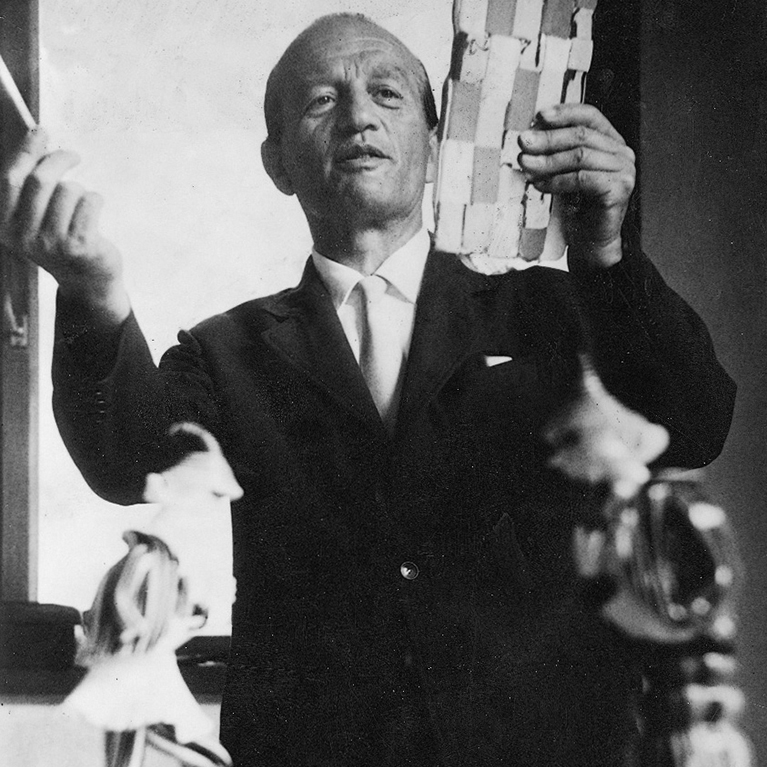
Paolo Venini emerged as one of the leading figures in the production of Murano glass and an important contributor to twentieth century Italian design. He is known for having founded the eponymous Venini & C. glassworks.

